Biltmore Industries Homespun Museum
The fine fabric handwoven at Biltmore Industries was once coveted around the world.
In the early 1900s, the handwoven wool coming out of the Appalachian mountains was known around the globe for its fine quality. Suits and dresses made from Biltmore Industries fabric were purchased by some of the most famous Americans of the day, from Thomas Edison to Henry Ford to Helen Keller. First Lady Grace Coolidge had a signature color (Coolidge Red yarn), as did President Herbert Hoover (Hoover Gray). President Franklin D. Roosevelt preferred the company’s white wool.
In its heyday, Biltmore Industries was one of the world’s largest producers of fine wool. But it started out with more humble goals. It was founded in 1901 to teach the children of the workers at George and Edith Vanderbilt’s Biltmore Estate a craft they could use to earn a living. Woodworking and weaving were taught by a pair of artisans, Eleanor Vance and Charlotte Yale, with the financial backing of Edith Vanderbilt.
Though the focus of these lessons started with teaching boys to build handmade furniture, they eventually included girls as well, and the high-quality homespun fabrics they created became the school’s premier products. In 1917, the wealthy industrialist Fred Seely bought the school, and it became a full-fledged business.
The thriving business grew to 40 looms, producing 700 yards of fabric per day and employing as many as 100 workers at its height in the 1920s. The Appalachian air was part of the company’s secret to success: All the wool was hung up in the dry mountain breeze, ensuring any shrinkage occurred before it was sent to the tailor. The skilled workers would take great care threading the intricate patterns, which could take hours to perfect.
Demand dropped off in the 1940s, but production continued up until 1981, when the factory shut down. Today, the Dye House has been preserved, with wool still in the looms. Much of the original equipment and machines, including a rare antique four-harness loom, are now on display at the Biltmore Industries Homespun Museum, along with many fabrics and suits.
The small museum is located in Grovewood Village, at the site where Biltmore Industries was moved in 1917. The historic village, situated on 11 beautiful acres surrounded by pine trees, is considered one of Asheville’s hidden gems.
Know Before You Go
Want to delve deeper into the history of Biltmore Industries? Docent-led tours are offered every Wednesday – Saturday at 1 p.m. during April-November.



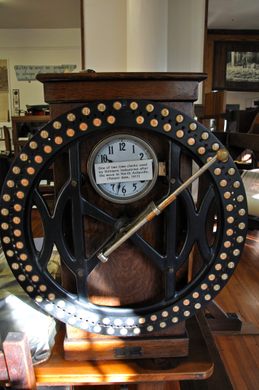
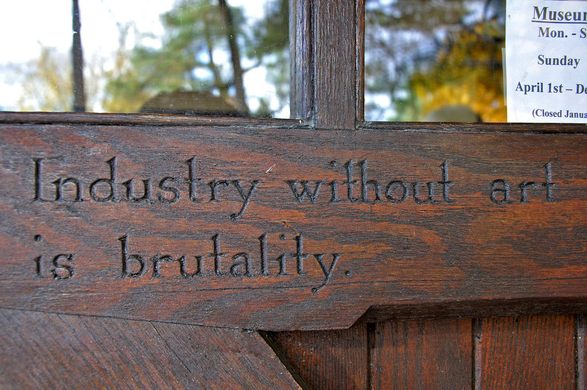




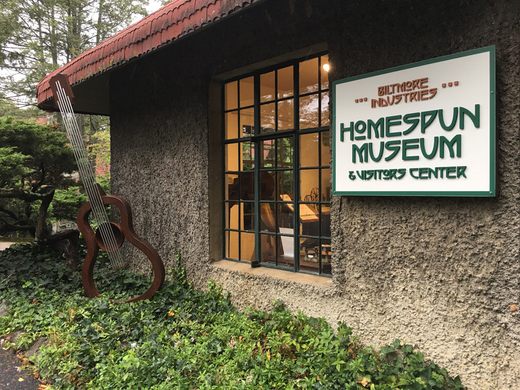
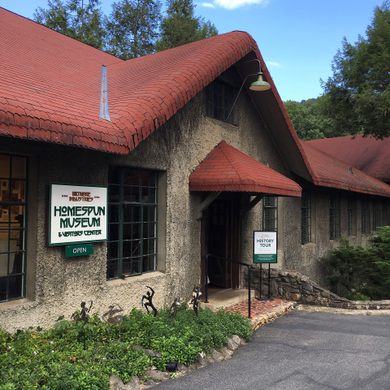










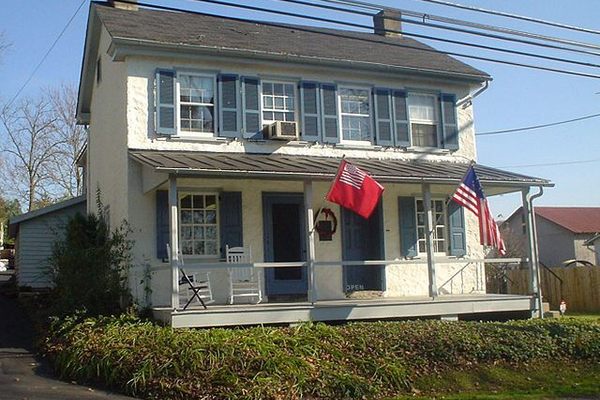
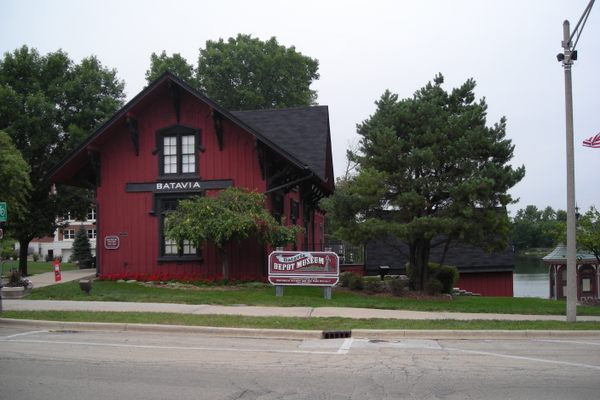

Follow us on Twitter to get the latest on the world's hidden wonders.
Like us on Facebook to get the latest on the world's hidden wonders.
Follow us on Twitter Like us on Facebook